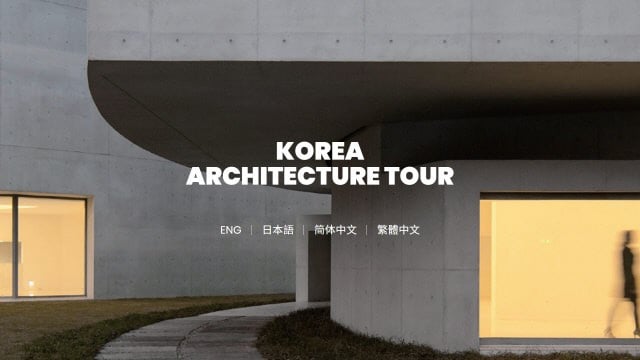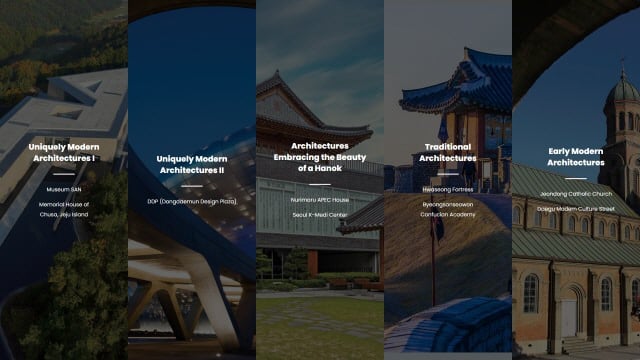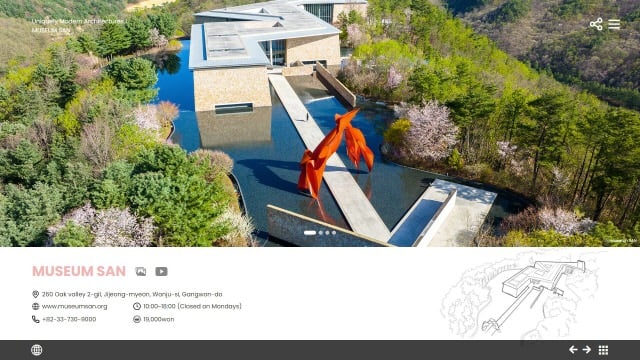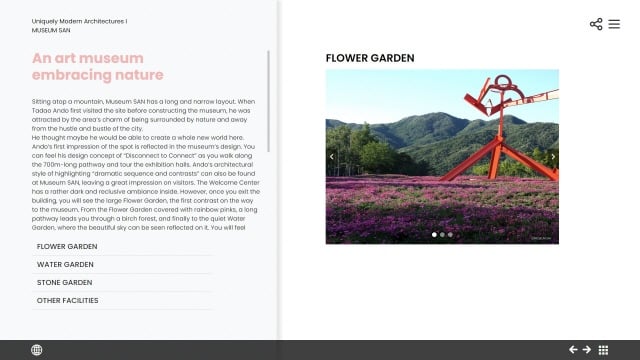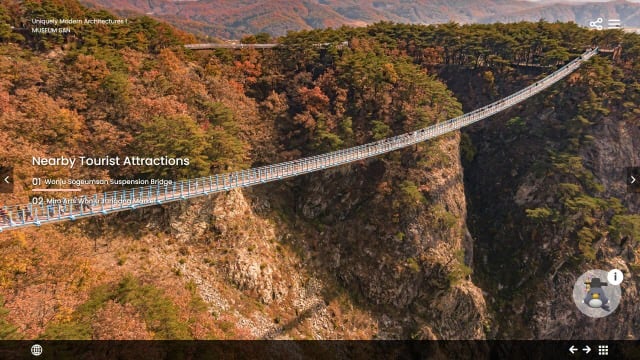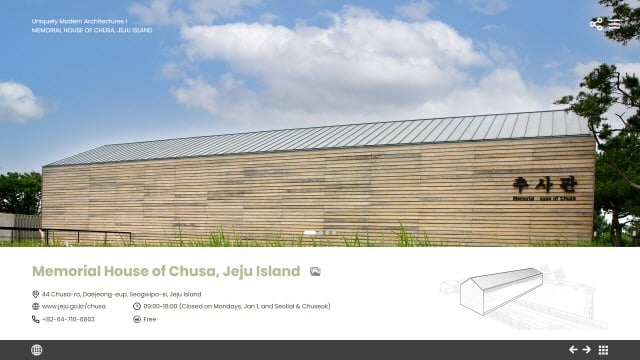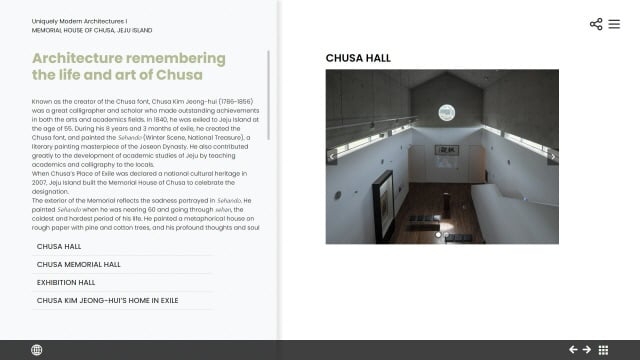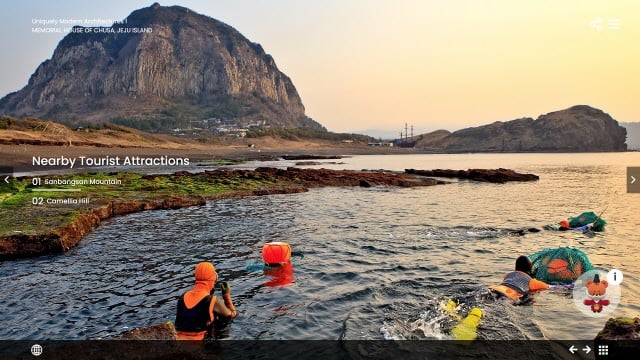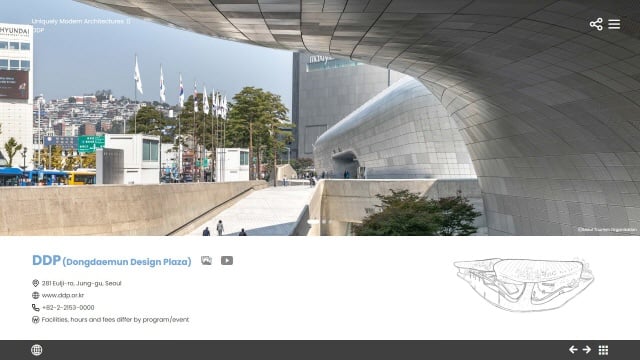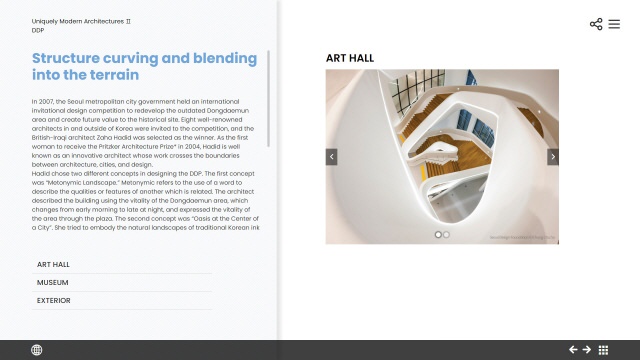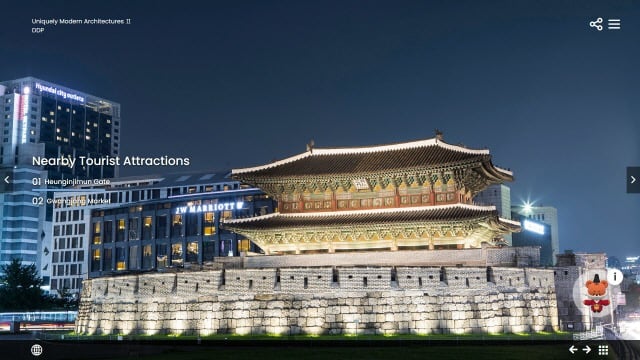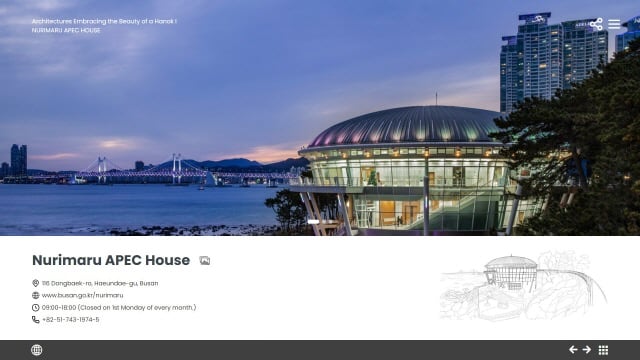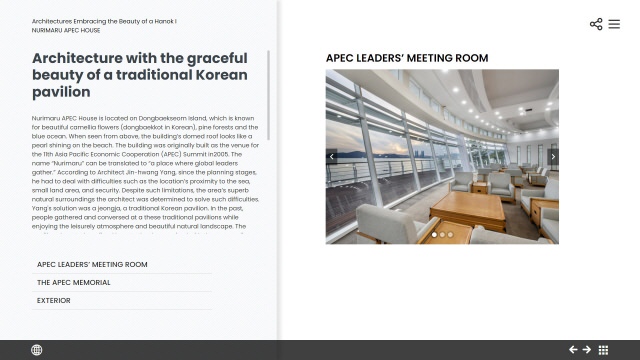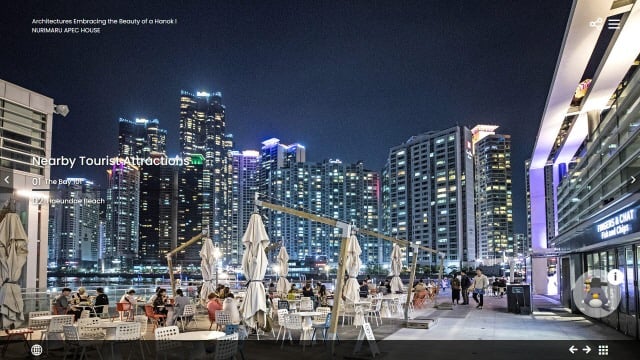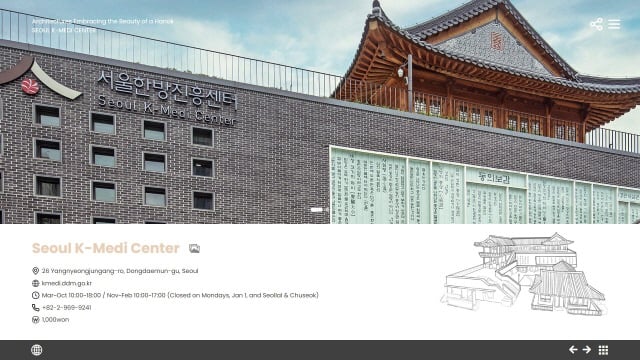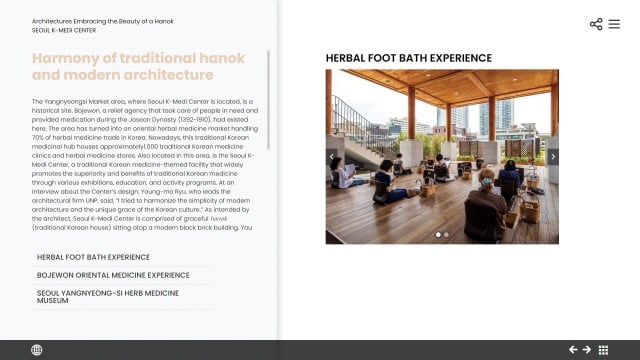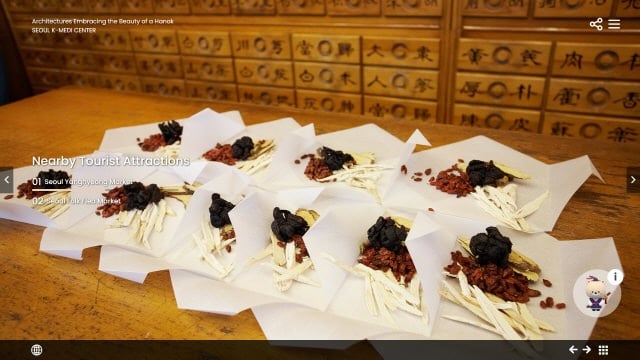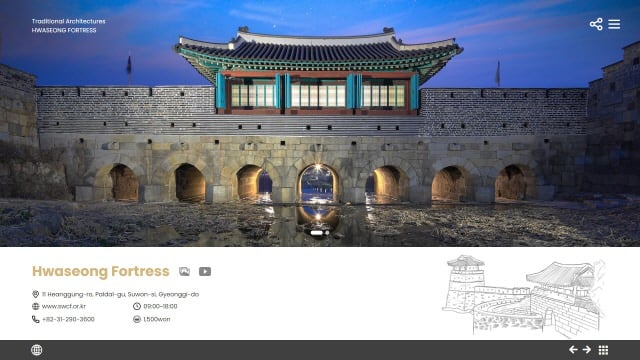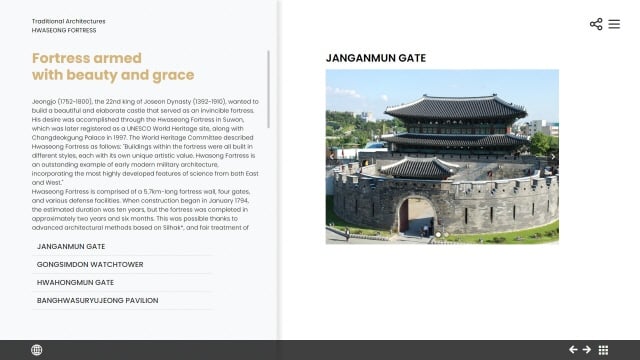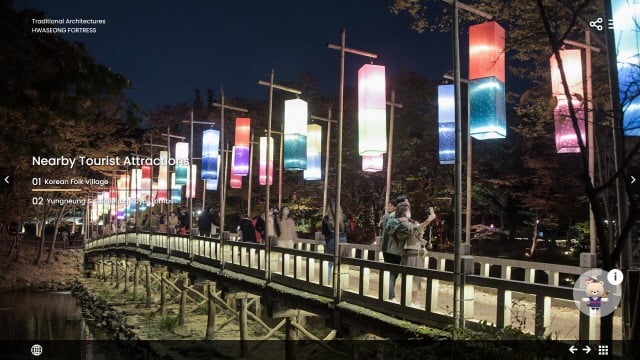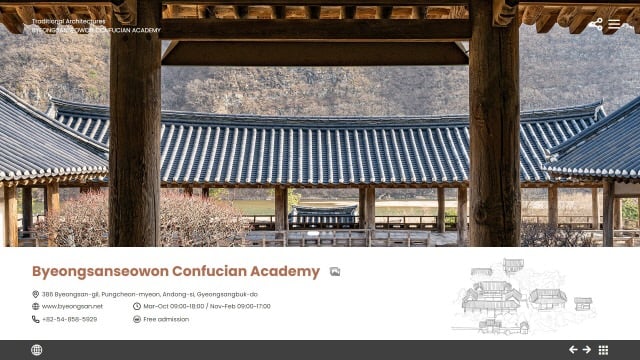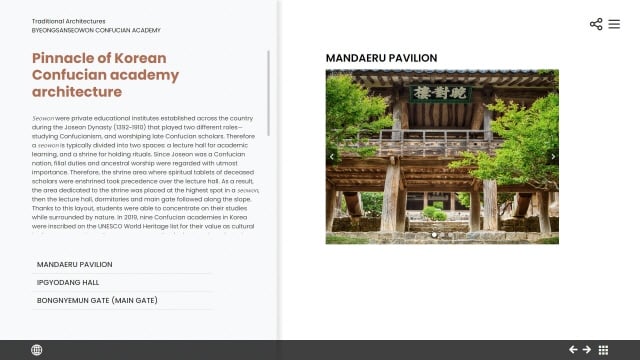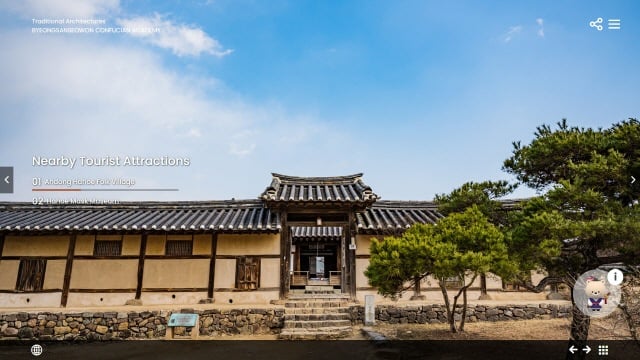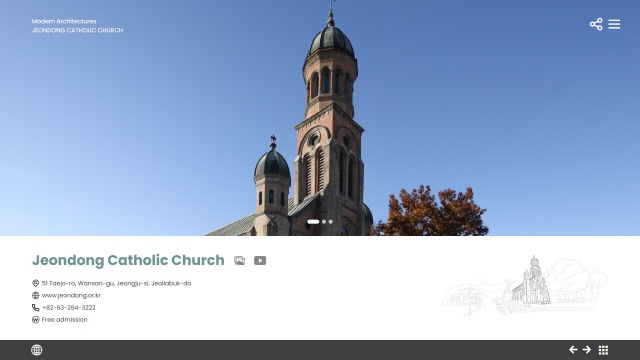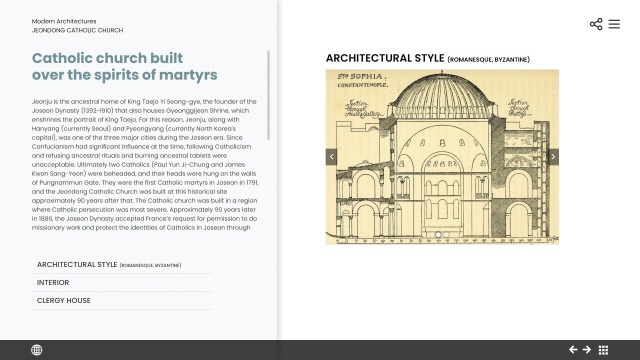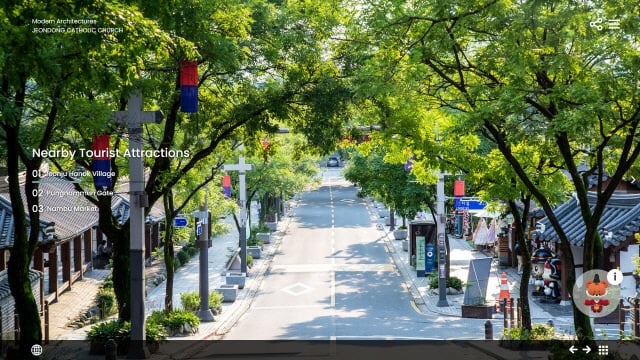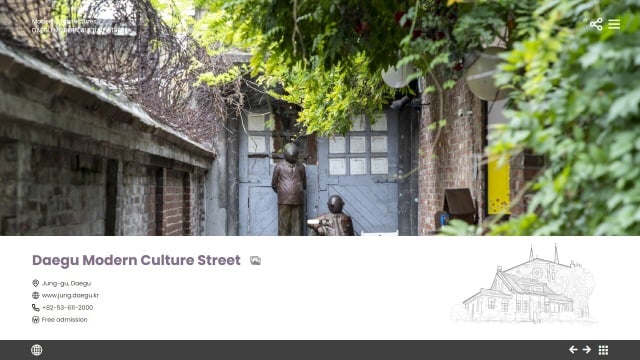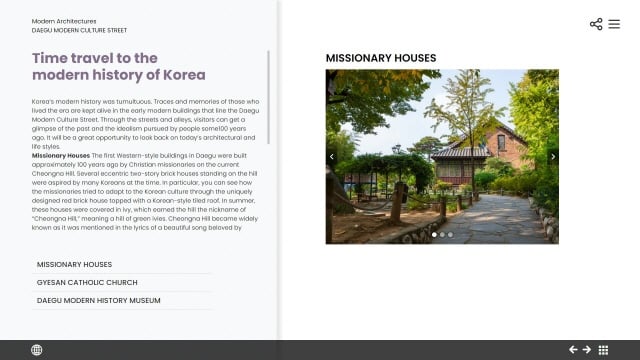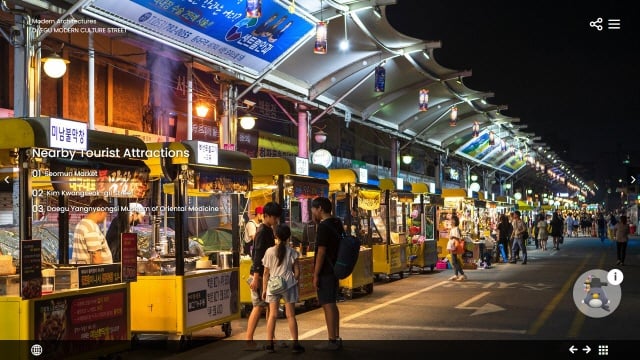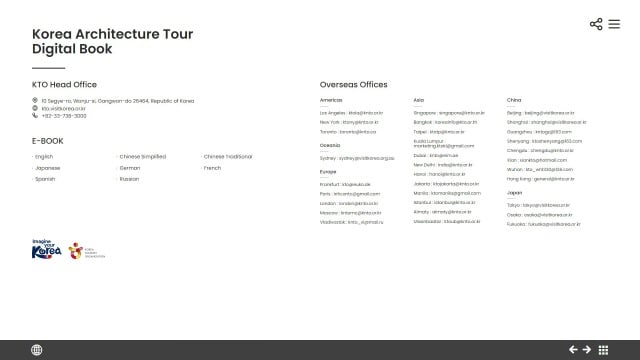44 Chusa-ro, Daejeong-eup, Seogwipo-si, Jeju Island
09:00~18:00 (Closed on Mondays, Jan 1, and Seollal & Chuseok)
+82-64-710-6803
Free
Architecture remembering the life and art of Chusa
Known as the creator of the Chusa font, Chusa Kim Jeong-hui (1786~1856) was a great calligrapher and scholar who made outstanding achievements in both the arts and academics fields. In 1840, he was exiled to Jeju Island at the age of 55. During his 8 years and 3 months of exile, he created the Chusa font, and painted the Sehando (Winter Scene, National Treasure), a literary painting masterpiece of the Joseon Dynasty. He also contributed greatly to the development of academic studies of Jeju by teaching academics and calligraphy to the locals.
When Chusa’s Place of Exile was declared a national cultural heritage in 2007, Jeju Island built the Memorial House of Chusa to celebrate the designation.
The exterior of the Memorial reflects the sadness portrayed in Sehando. He painted Sehando when he was nearing 60 and going through sehan, the coldest and hardest period of his life. He painted a metaphorical house on rough paper with pine and cotton trees, and his profound thoughts and soul can be seen through the roughness of the land. Architect Seung H-Sang said he designed the Memorial with Sehando as the motif. The humble exterior with bakgong jibung*, round window and pine tree standing alongside all reflect the Sehando, and the exhibition rooms were naturally built below the ground. The architect directs the visitor downward from the very beginning. The winding slope is to portray the perplexed feelings Chusa must have felt when he was exiled. The exhibition areas display major works, letters, and rubbings by Chusa. Visitors can follow the timeline of his works, and also see how the Chusa font came to be. Passed the exhibitions is Chusa Hall, the highlight of the Memorial. The open space with a triangular ceiling was designed to show the round window in Sehando and a rubbing of the signboard of the Bongeunsa Panjeon Hall, Chusa’s final work, in one frame. The works displayed here reveal how he had reached the pinnacle of his life as a painter while in exile. At the top of the stairs next to the Hall, on the ground level, a bust sculpture of Chusa stands alone in an empty space, as if Chusa was staring at the round window, the only passage to the outside world, in Sehando. This arrangement is intended to make the viewer want to go back 200 years and sit with him to share his loneliness and talk about his academics and arts.
*Bakgong jibung: Korean-style gable roof
Chusa Hall
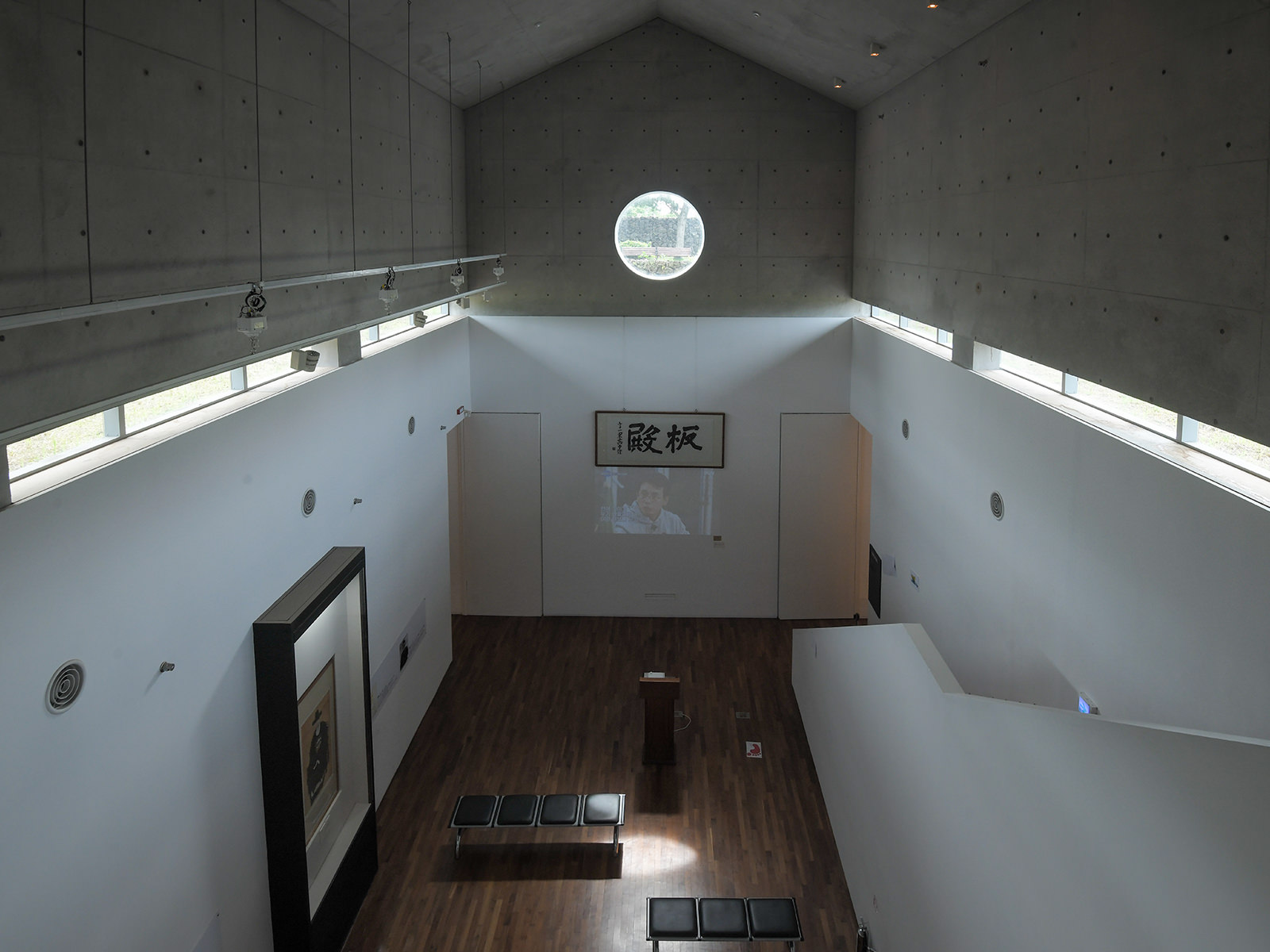
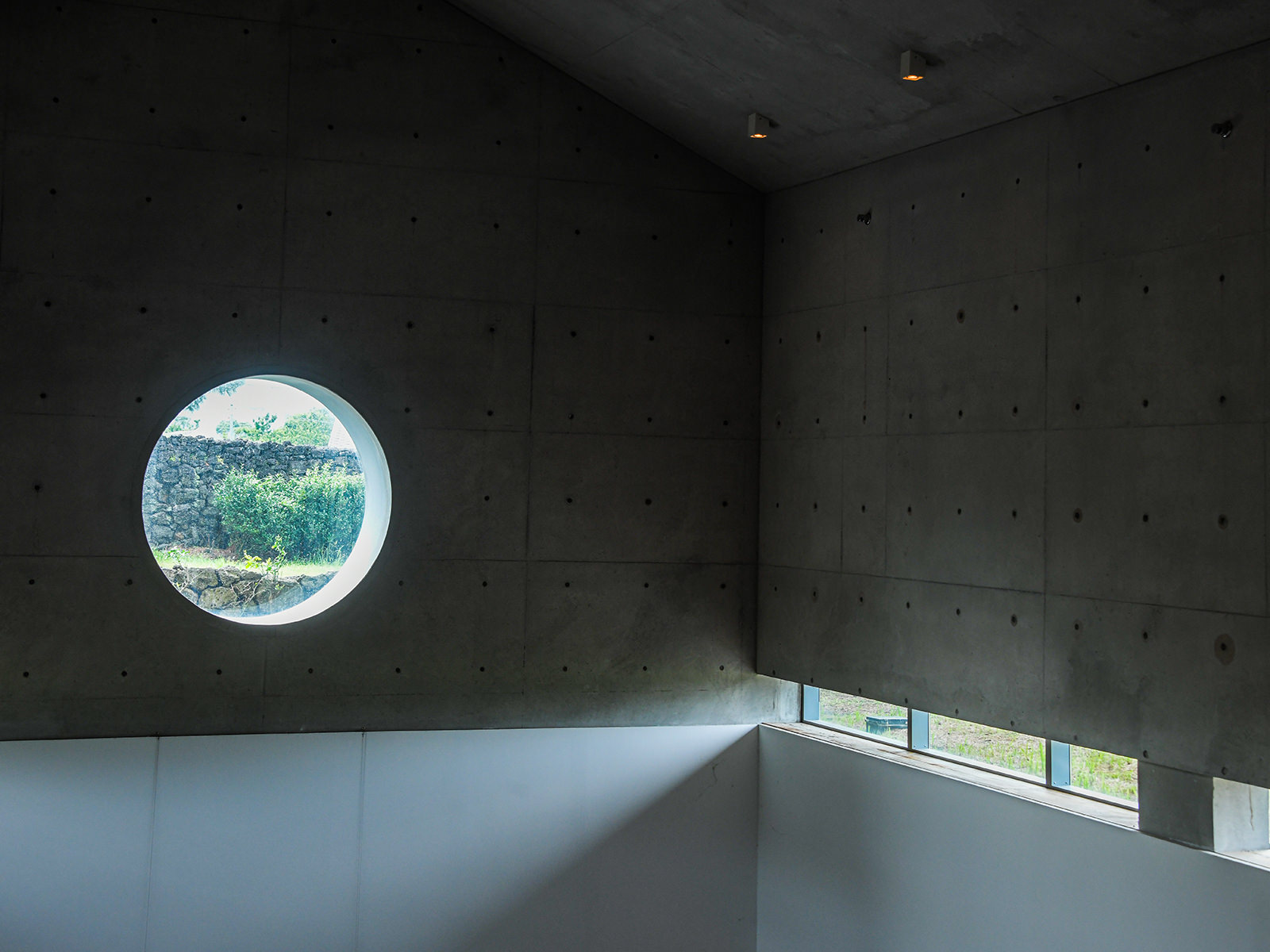
Chusa Memorial Hall
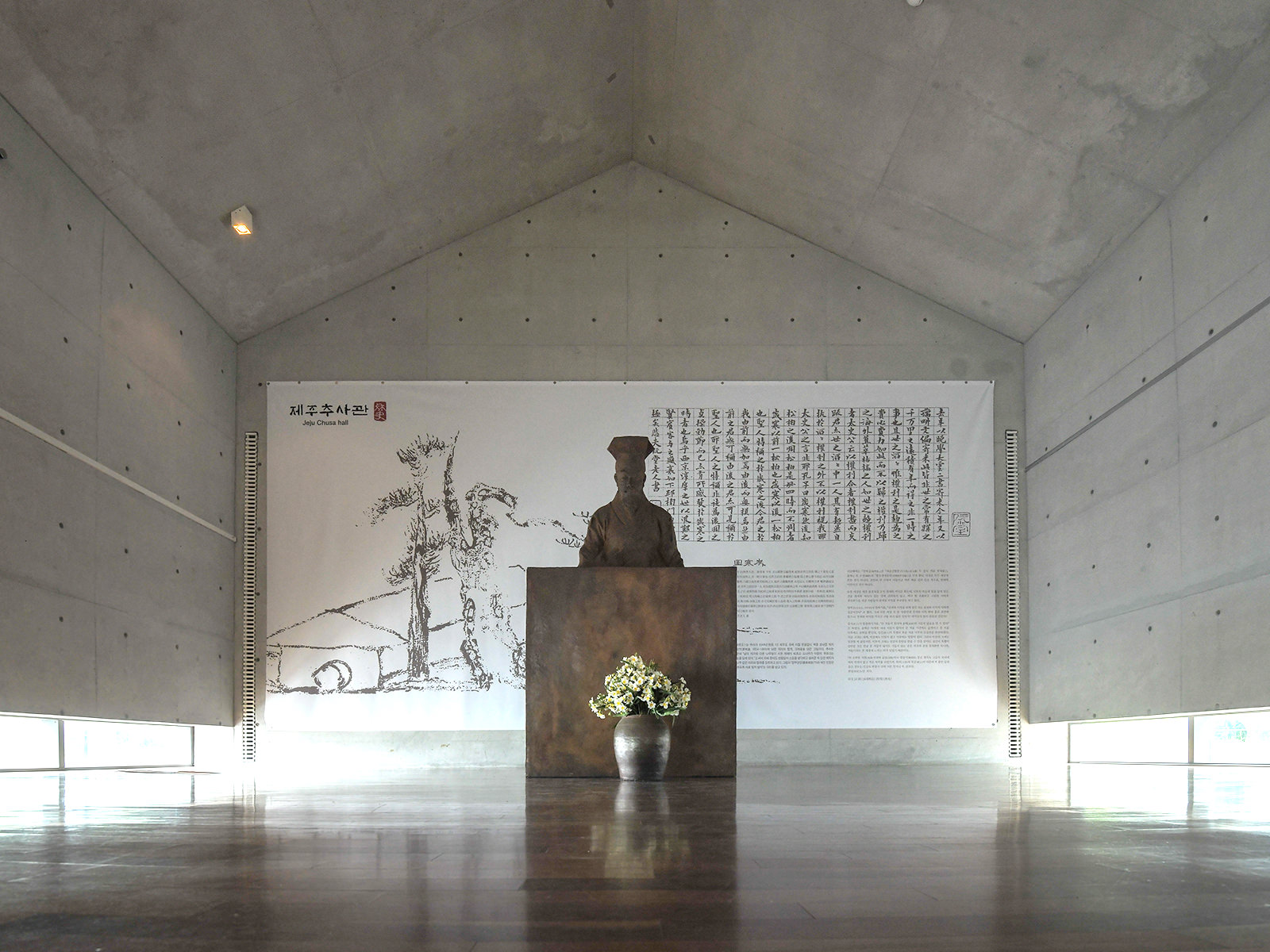
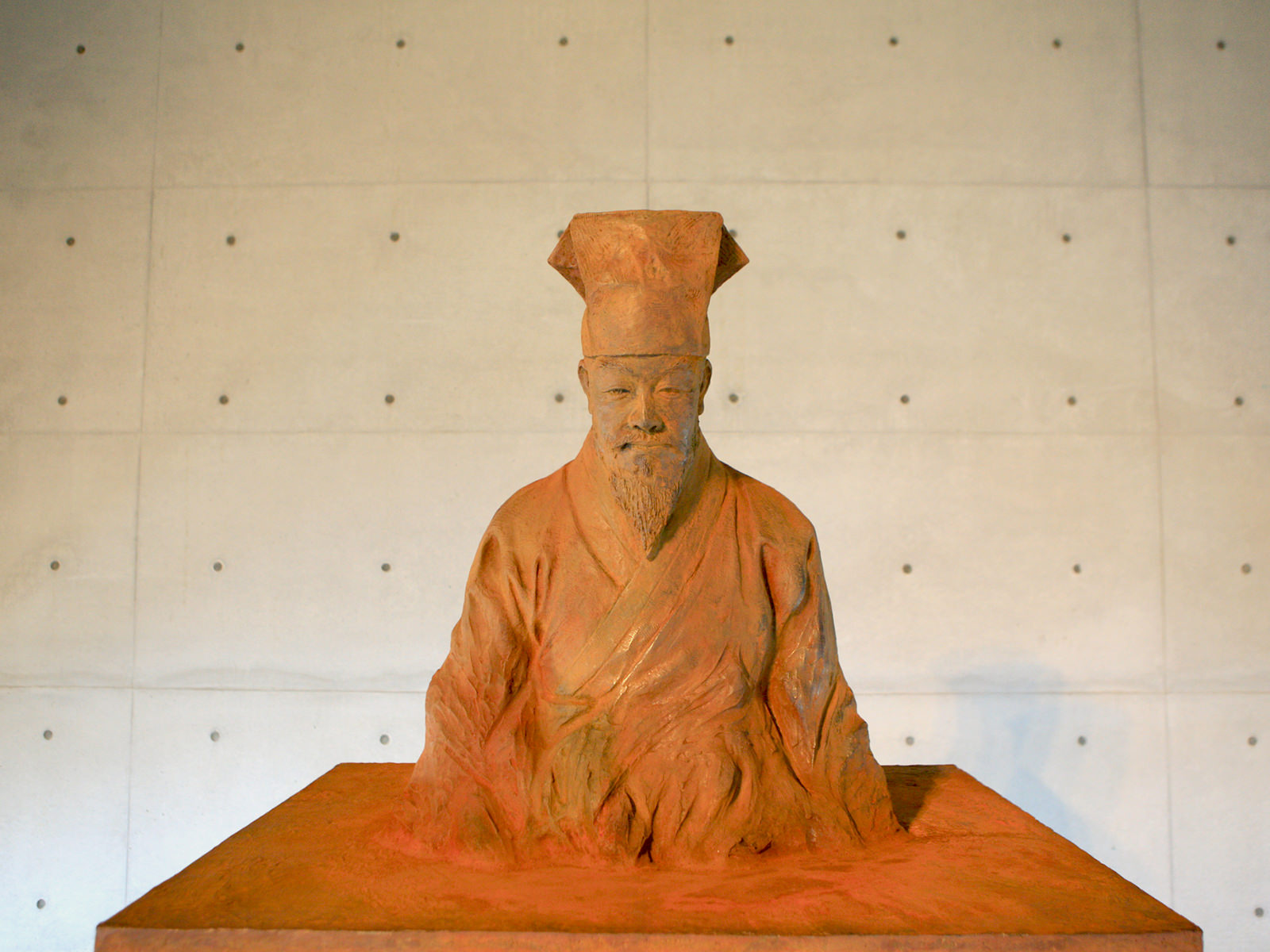
Exhibition Hall

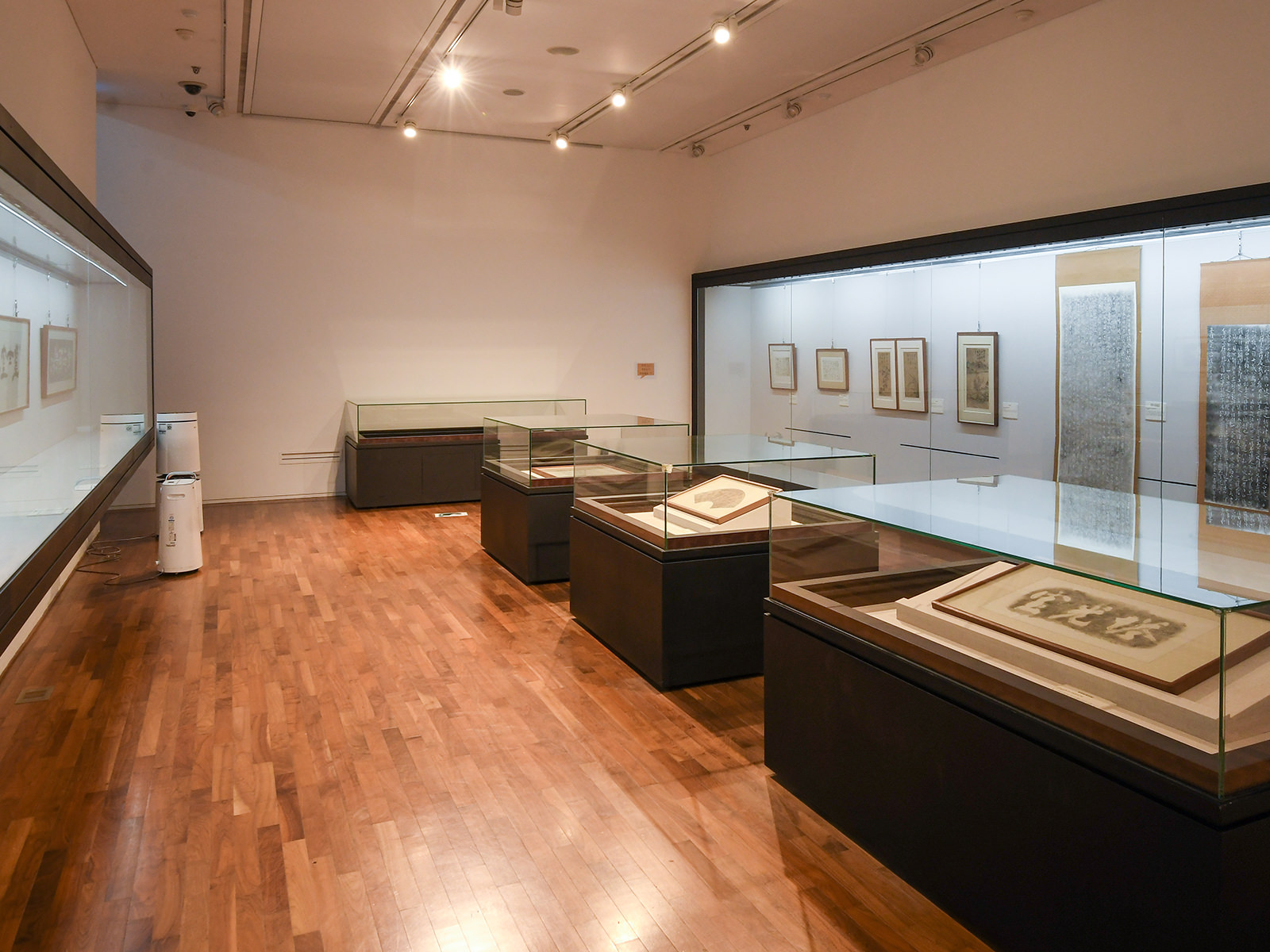
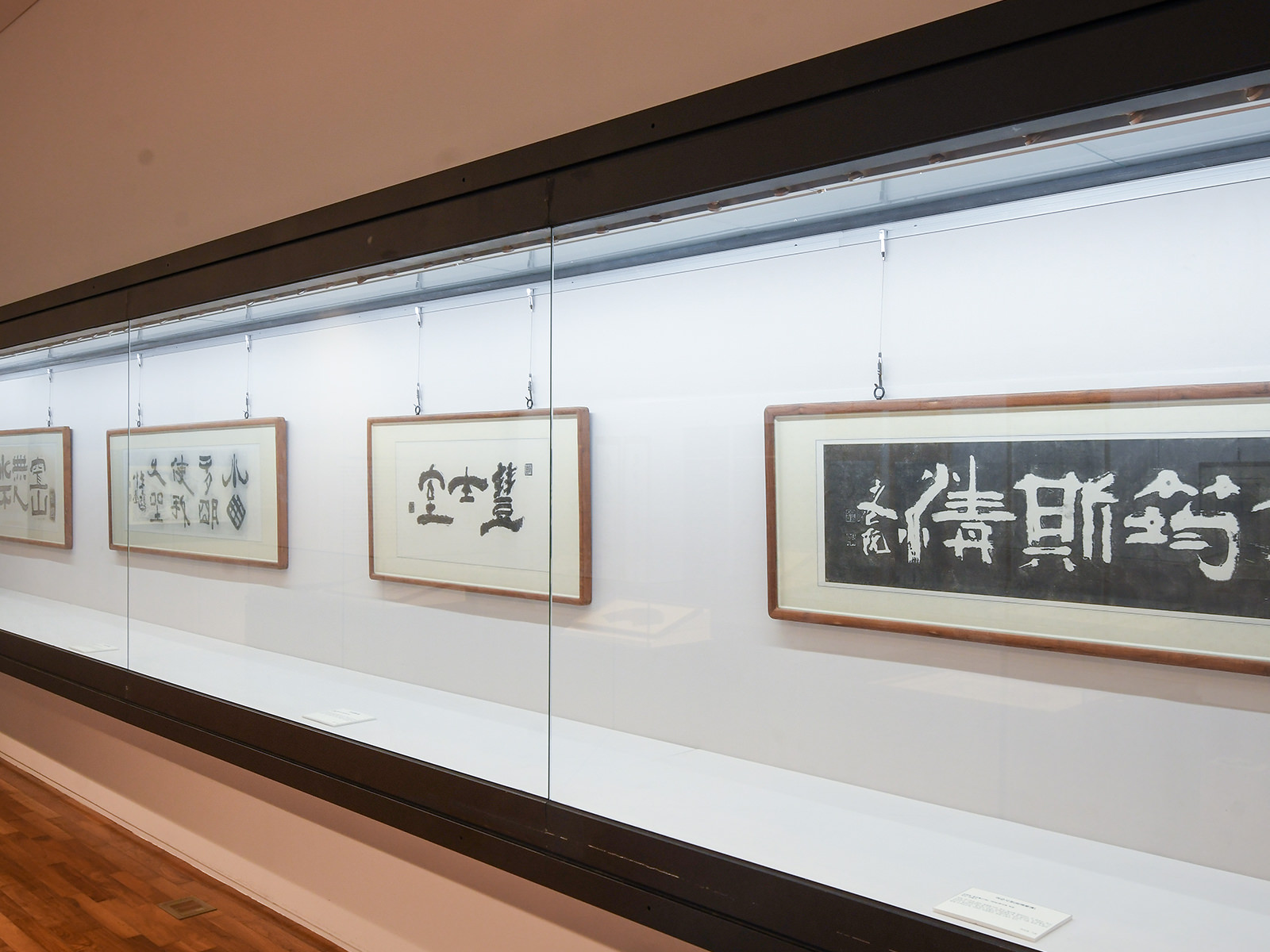
CHUSA KIM JEONG-HUI’S HOME IN EXILE
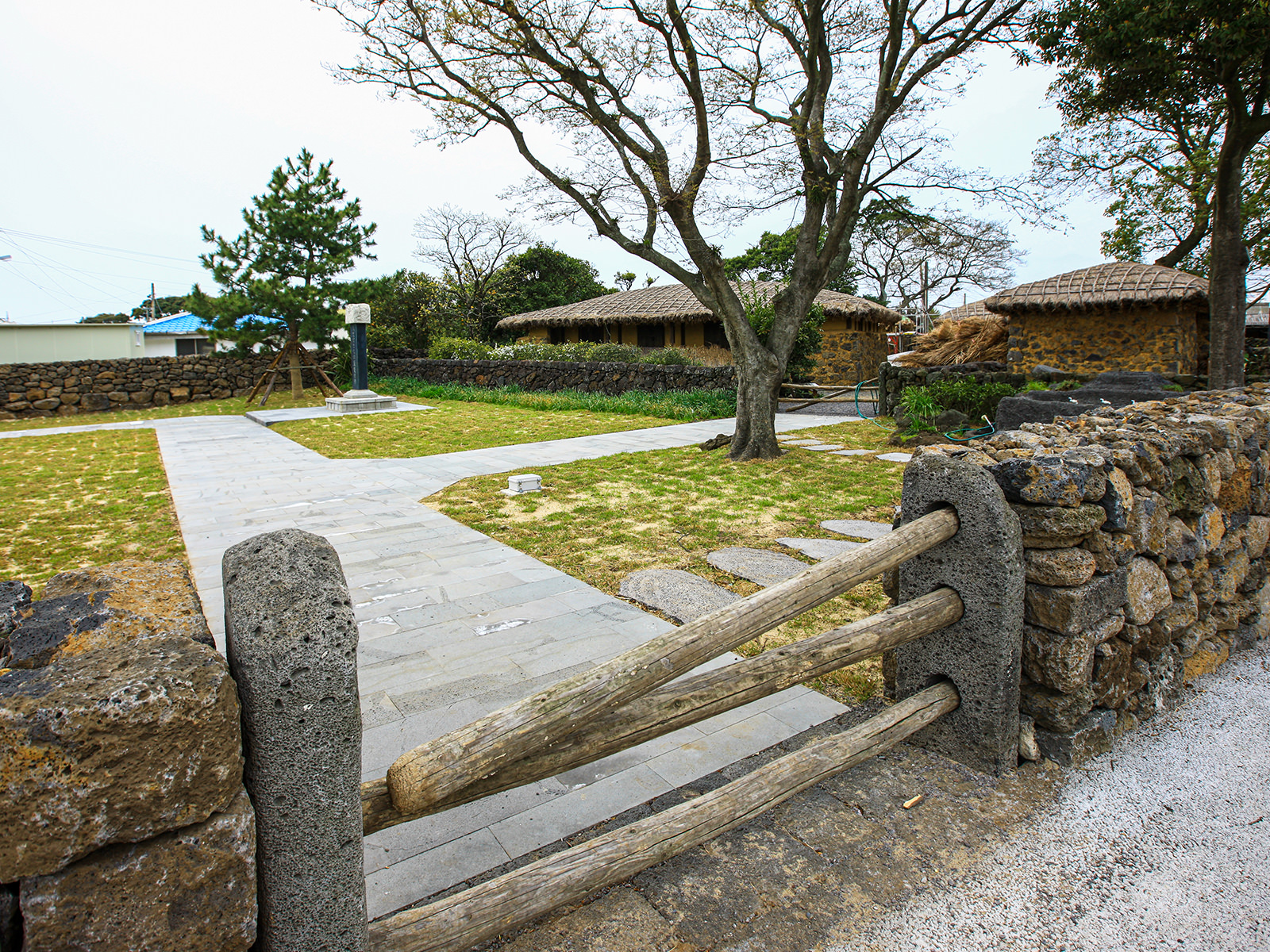
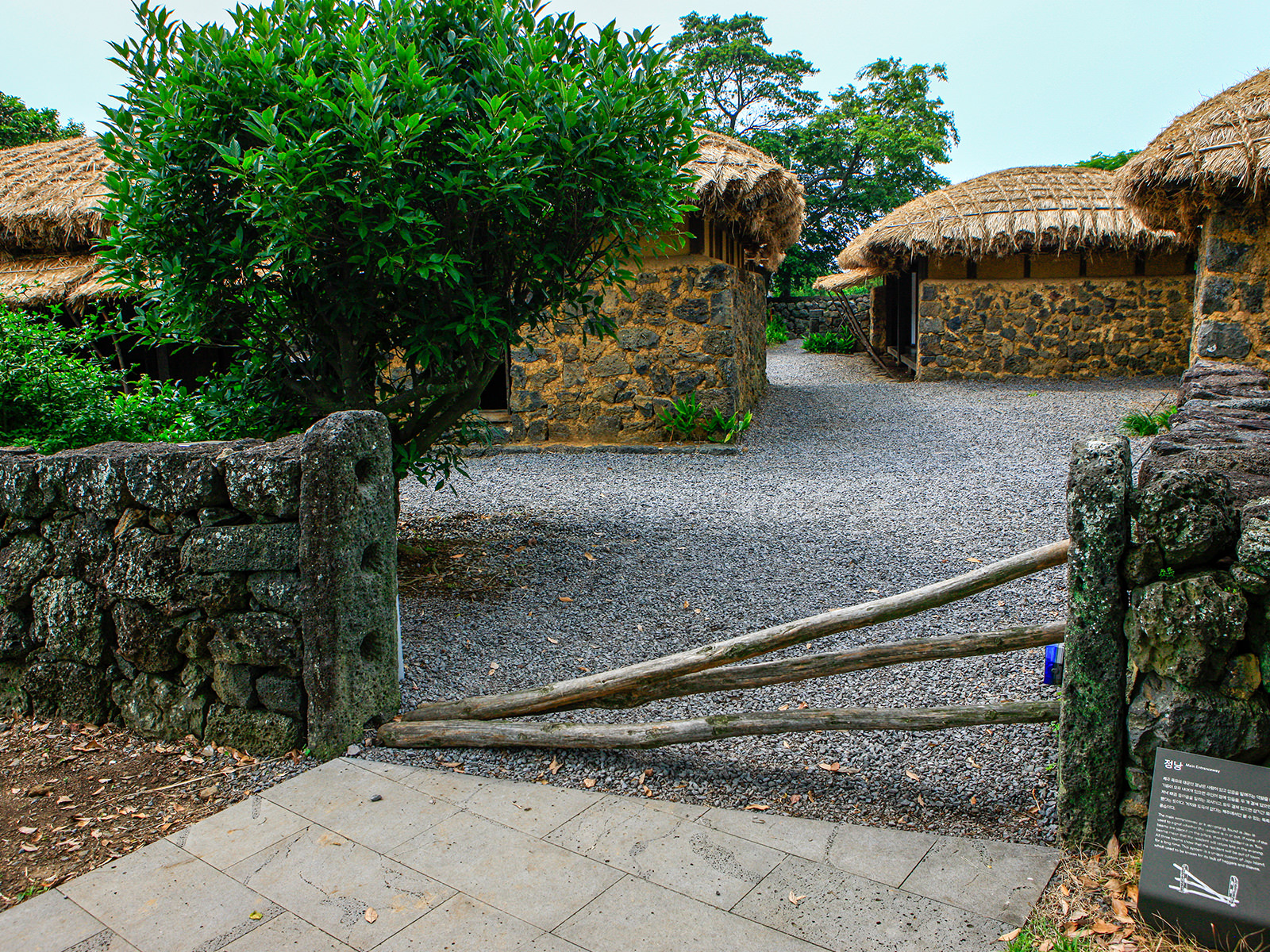
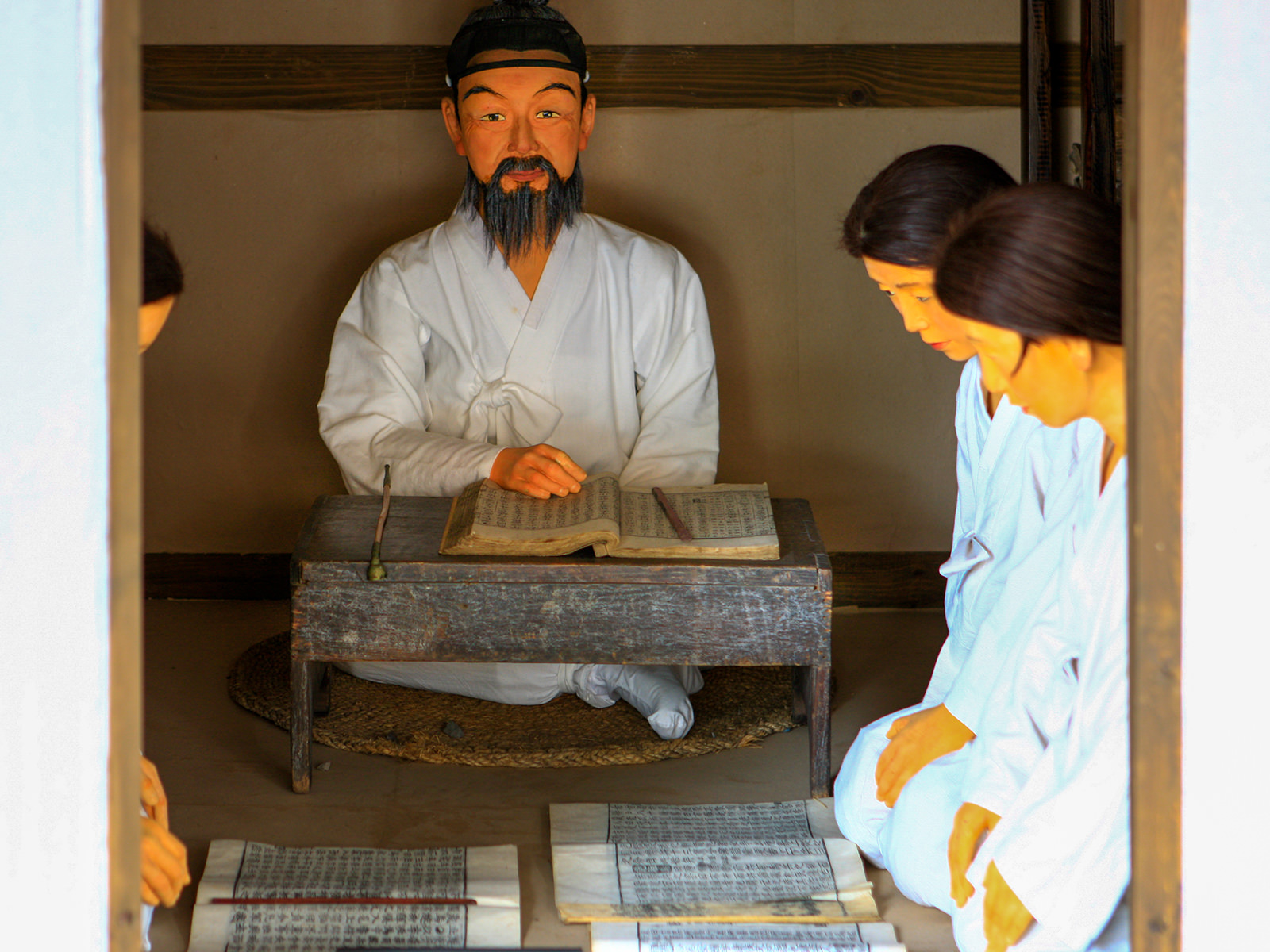
Nearby Tourist Attractions
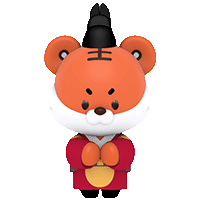
- Andeok-myeon, Seogwipo-si, Jeju Island
- +82-64-794-2940
- 09:30~18:00
Nearby Tourist Attractions
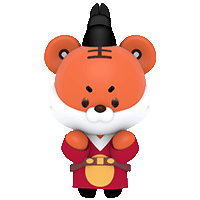
- 166, Byeongak-ro, Andeok-myeon, Seogwipo-si, Jeju Island
- www.camelliahill.co.kr
- +82-64-792-0088
- 08:30~18:30
- 9,000won
